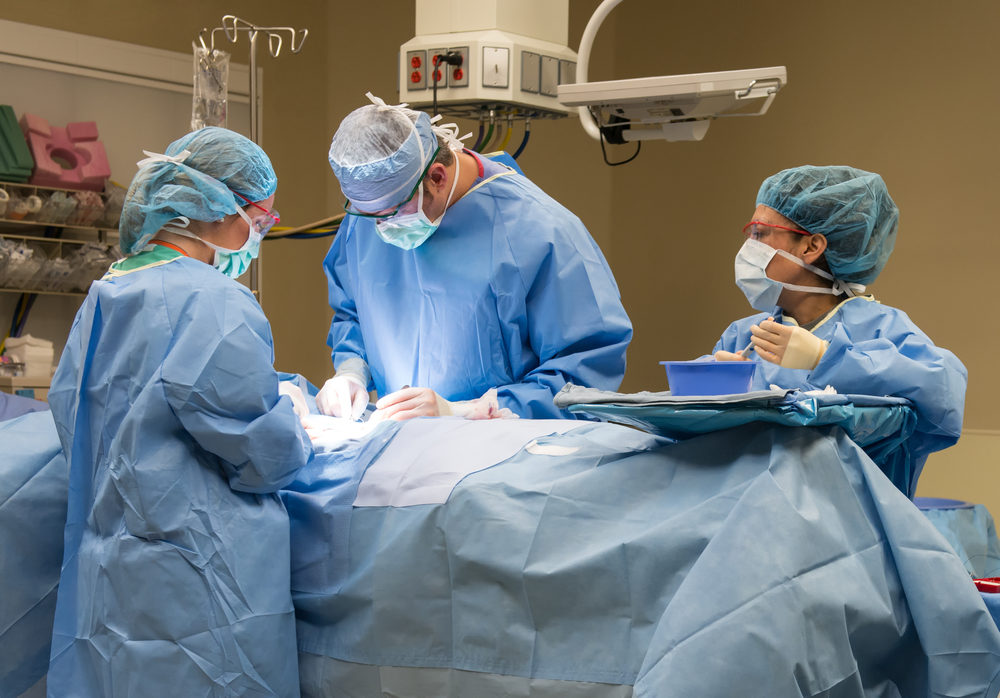FDA Issues Recommendations To Address Surgical Fire Risks

Federal health officials have released a list of recommendations to help reduce the risk of surgical fires, which are designed to help professionals plan for and recognize situations that could result in fires in the operating room, which can cause severe burn and other injuries for patients.
The FDA issued a safety communication on May 29, titled “Recommendations to Reduce Surgical Fires and Related Patient Injury”, which details scenarios that could result in surgical fires, and provides guidance on how to recognize and prevent them.
Although every surgical fire is preventable, the FDA reports an estimated 550 to 650 incidents occur in or around a patient who is undergoing a medical procedure each year in the United States. More than half of the surgical fires result in delays or treatment, and some cause serious injury, disfigurement, and even death, according to agency officials.

Did You Know?
Millions of Philips CPAP Machines Recalled
Philips DreamStation, CPAP and BiPAP machines sold in recent years may pose a risk of cancer, lung damage and other injuries.
Learn MoreSurgical fires occur when three elements are present; an oxidizer, an ignition source, and fuel source. Most surgical fires occur in oxygen-enriched environments and typically involve electrosurgical tools and the use of lasers.
Operating rooms can become oxygen enriched when the concentration of oxygen exceeds 30 percent. This commonly happens when an open oxygen delivery system is in place, such as a nasal cannula or mask. These types of systems pose greater risks than closed delivery system such as laryngeal masks or endotracheal tubes.
The FDA’s recommendations include having routine fire risk assessments prior to each surgical procedure that analyze potential ignition sources, delivery of supplemental oxygen, and the use of ignition sources. Experts suggest medical professionals further analyze where the surgical tools that could become ignition sources are being used in relation to the patient. Use around patients head, neck or upper chest could pose increased injury risks.
Surgeons have been urged to always maintain communication among participants, including the anesthesia professional delivering medical gasses and the operating room staffs applications of preparation agents and drapes so the surgeon can control the surgical device that could become an ignition source.
The FDA recommends surgeons using medical devices for procedures that could pose an ignition hazard always consider using a non-ignition source device if possible when patients require supplemental oxygen for a procedure, and especially when the use of the device focuses on areas around the head.
Other items in surgical rooms can create fire hazards, including products that may trap oxygen such as surgical drapes, towels, sponges and gauze. Although these products may claim to be “flame-resistant” they still have the potential to create an oxygen enriched pocket that could pose surgical fire risks.
A surgical fire can cause serious and even life-threatening scenarios for patients. Officials recommend surgeons and their staff plan and practice how to manage an incident in an effective and calm manner. Facilities should train staff on how to first stop the main ignition source, identify the source of the flow of flammable gas, and unplug any electrical devices that may be involved.
Many of the surgical fires that result in the most serious of injuries and deaths to patients involve airway fires. An airway fire is when a fire occurs in an attached breathing circuit that sends a flame into the patient’s airway.
The FDA released these safety recommendation as it works in conjunction with The Joint Commission (JTC), and other organizations to inform health care professionals and health care facility staff members of ways to mitigate and prevent surgical fires and related injuries.
Get more articles like this sent directly to your inbox.
"*" indicates required fields





0 Comments